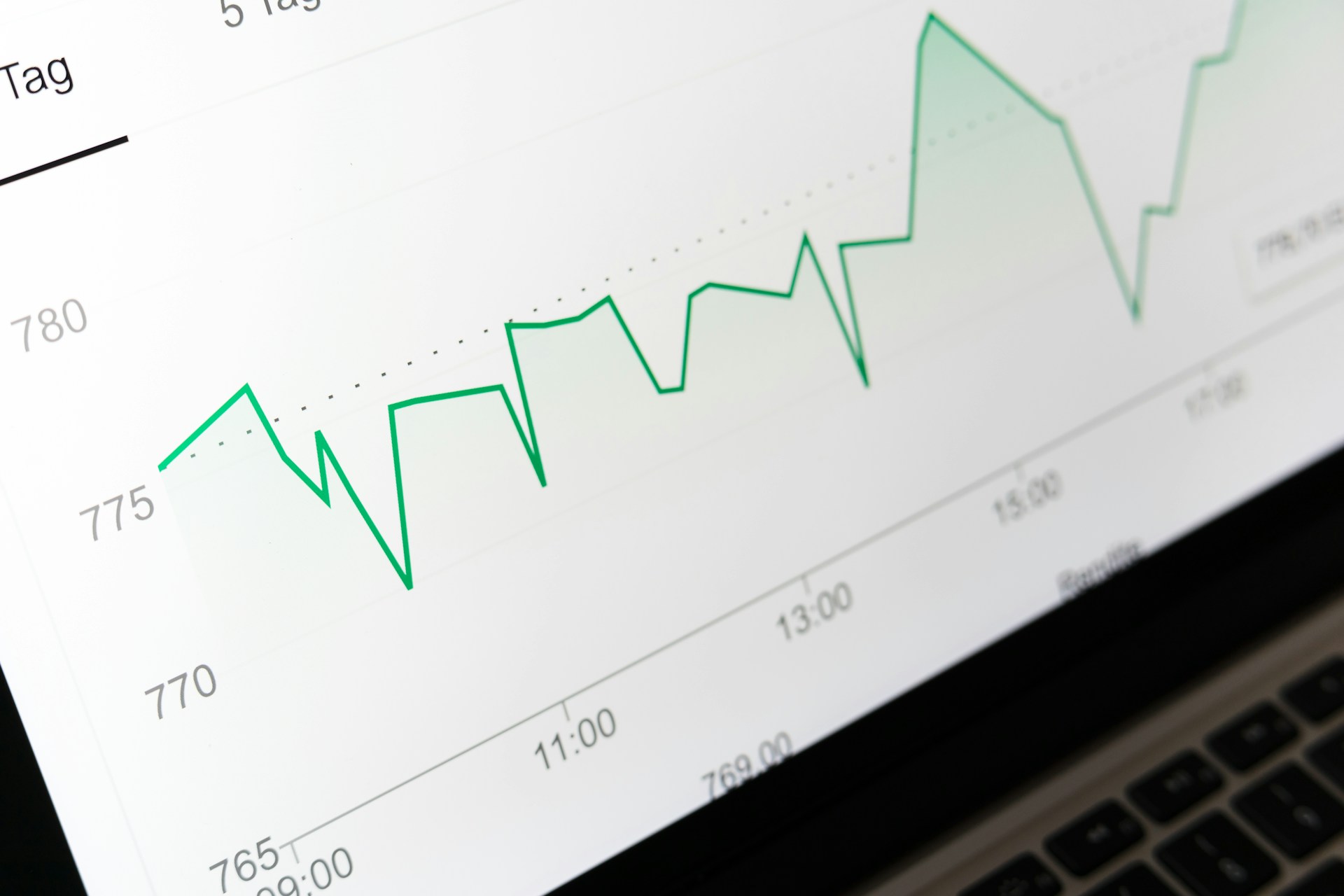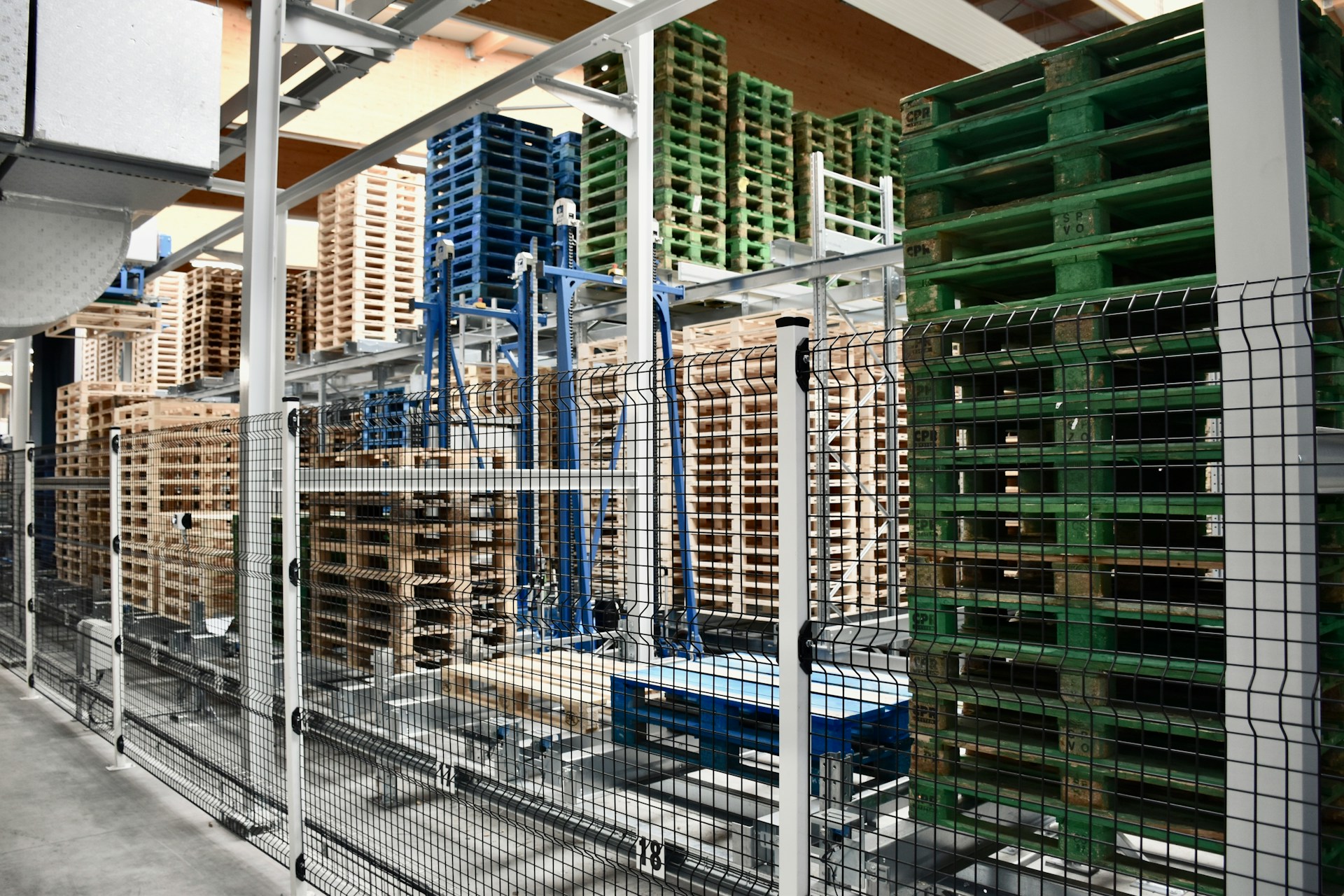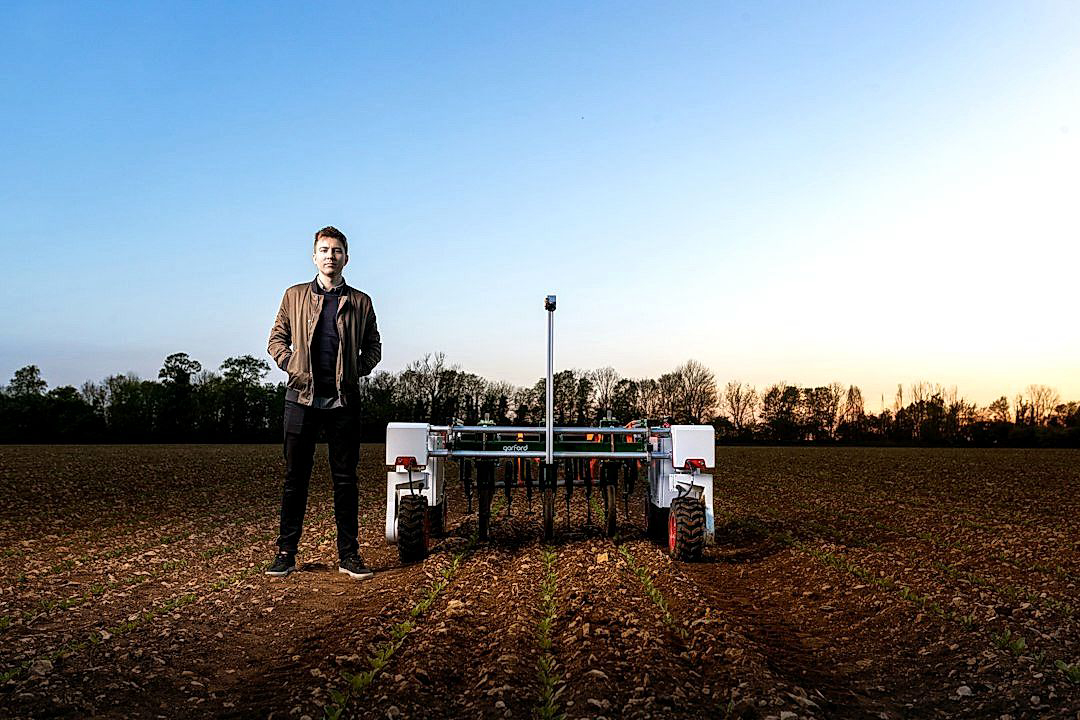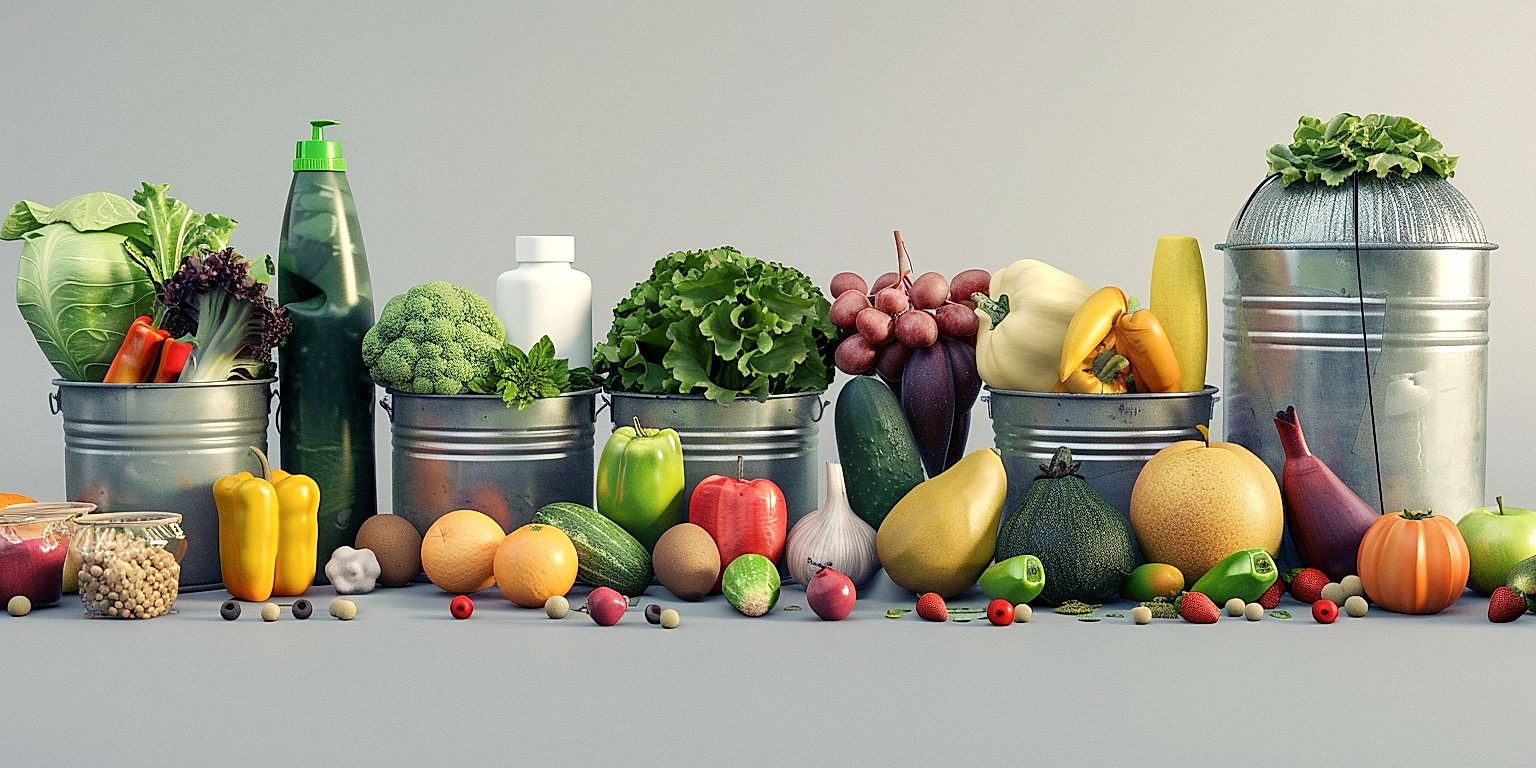Data analytics is driving major changes in a myriad of industries, and produce processing is not exempt.
The transformation is largely due to the level of efficiency, accuracy, and problem-solving capabilities that analytics technology offers.
Specifically, produce processing is witnessing significant improvements in areas that encompass quality control, waste reduction, and inventory management.
Due to the increasing importance of sustainability and traceability, businesses are actively seeking opportunities to harness this technology.
This article aims to dive into some of the groundbreaking data analytics innovations in this field.
By exploring these developments, we can better understand the evolving landscape of produce processing and how to navigate it.
Contents
- Data Analytics Innovations In Produce Processing
- 1. AI-driven Quality and Ripeness Assessment
- 2. Blockchain-based traceability and authenticity check
- 3. Predictive Analytics for Crop Disease Control
- 4. Real-time inventory and yield management.
- 5. IoT-enabled precision agriculture techniques.
- 6. Machine learning for optimal harvest time prediction.
- 7. Big data for supply chain optimization.
- The Bottom Line
Data Analytics Innovations In Produce Processing
1. AI-driven Quality and Ripeness Assessment
The advent of Artificial Intelligence (AI) in the agricultural sector has pioneered innovations in several dimensions, including the process of quality and ripeness assessment.
Traditionally, assessing the quality and ripeness of fruits and vegetables was largely dependent on manual labor and visual inspection, a process that was not only time-consuming but also prone to human error and inconsistency.
However, the situation has drastically changed with the increasing use of AI-driven tools for quality and ripeness check, ensuring the availability of high-quality and ripe produce to the consumers.
Through machine learning algorithms and deep learning networks, AI-powered tools can provide accurate and efficient evaluations of both quality and the precise stage of ripeness, offering tremendous benefits in terms of both labor savings and waste reduction.
These tools analyze the various physical parameters such as color, size, weight, surface defects and texture, and chemical attributes including sugar content and acidity.
The sophisticated sensors and imaging technologies incorporated in these tools scrutinize every piece of fruit or vegetable, accelerating the speed and precision of the quality check process.
Moreover, AI technology can now detect even the hidden bruises and internal quality parameters, which were previously impossible to assess solely with the human eye.
The scanning process is not just confined to the surface, but also penetrates the interior, checking for sugar content, water activity, and other internal factors that influence the taste and quality.
As a result, producers can ensure that only the optimum quality and properly ripe produce gets delivered to the market, promising maximum consumer satisfaction.
Beyond consumer satisfaction, the speed at which AI can carry out these inspections leads to a quicker throughput of produce, increasing overall efficiency and profitability.
The implementation of such AI-driven quality checks also fosters sustainable practices in the agri-food sector, as it minimizes waste generation through the adequate selection and utilization of produce at the right ripeness stage.
Several companies globally are adopting these AI-driven tools to enhance their effectiveness in produce processing and marking a new era of “smart agriculture”.
This transition from the traditional manual methods to AI-driven assessment techniques is not only revolutionizing the yield quality but also streamlining the whole supply chain from farm to fork.
Therefore, AI is substantially impacting the future of the agricultural sector, with its indispensable role in assessing and determining the quality and ripeness of produce.
2. Blockchain-based traceability and authenticity check
Blockchain, the underpinning technology of cryptocurrencies like Bitcoin, has vast application in sectors far beyond finance, with the produce processing industry being a noteworthy example. The technology’s potential in providing highly reliable traceability and authenticity check functions cannot be overemphasized.
A fundamental issue in the produce sector is determining the originality or authenticity of produce. With blockchain, it becomes feasible to trace the origin of a fruit or vegetable right from its planting, through the entire harvest and processing stages, to the supermarket shelves.
Blockchain is equipped with an immutable record-keeping system. This means that once a piece of data (like harvest information) is recorded on the blockchain, it cannot be tampered with.
This particular feature is pivotal to the commoditization of produce. In an industry overwhelmed by counterfeit products and inauthentic claims about product origins, blockchain provides a level of transparency and trust that is unrivaled.
Thanks to blockchain-based traceability systems, consumers are able to verify the quality and authenticity of produce by merely scanning codes linked to the blockchain data.
The application of blockchain in produce processing extends way beyond consumer protection. The unique traceability function allows producers, retailers, and regulators alike to easily identify and trace the source of contaminated produce.
This significantly shortens the time required to recall contaminated items, subsequently minimizing health risks and reducing cost implications for retailers.
Combining blockchain with other technologies such as IoT devices and sensors can enable real-time tracking and reporting of environmental conditions affecting crop health. Blockchains can facilitate automated compliance reporting and enforce ethical and sustainable farming policies and practices.
Viewing it from a supply chain standpoint, blockchain’s immutability and transparency provides a perfect solution for the challenge of trust. It allows all participants in the supply chain to track, authenticate, and validate each transaction, thus eliminating the need for trust between parties.
Blockchain’s digital-ledger technology also promotes smooth collaboration between stakeholders in the produce processing industry. It enhances efficient and prompt dispute resolution and fosters enhanced business relationships.
The application of blockchain technology has beaten the theories and initial skepticism. Several multinational corporations are already applying blockchain to their supply chains, and the agricultural sector is not left out. Major food organizations have commenced exploring how they can incorporate blockchain into their operations to improve food safety and ensure authenticity.
While there is still much ground to cover, it is evident that blockchain’s potential in traceability and authenticity checks is no longer just a theory. Its application in the produce processing industry is real, promising higher degrees of transparency, reliability, and efficiency. The future is indeed bright for agriculture-sector blockchain applications.
3. Predictive Analytics for Crop Disease Control
Predictive analytics is an innovative technology that has significant potential in transforming the produce processing industry.
These advanced analytics techniques can offer a paradigm shift for crop disease control.
Specifically, predictive analytics makes use of machine learning and statistical algorithms to analyze historical data and forecast future outcomes.
This technology leverages AI to predict the probability of disease outbreaks in crop fields.
By using predictive analytics, farmers get an early warning for potential disease outbreaks, enabling them to act proactively rather than reactively.
Such early detection can lead to improved disease management strategies, reducing the loss in crop yield substantially.
Predictive analytics also provides insights into how diseases spread and the conditions that influence their proliferation.
This understanding is paramount in developing effective and responsive disease control measures.
Digital solutions fed by predictive analytics can also help planners to make better informed decisions regarding the deployment of resources for disease control and management.
Ultimately, this can lead to cost savings for the producers and a reduction in the amounts of pesticides used.
Moreover, predictive analytics can also be used to identify patterns and trends in crop disease outbreaks.
These patterns can be used to forecast future disease outbreaks, thus facilitating long-term planning for disease control.
However, the use of predictive analytics in crop disease control is still in its nascent stages.
There are challenges that need to be addressed – especially in terms of the availability and quality of data required for accurate predictions.
Despite these challenges, there is a clear recognition that predictive analytics holds great promise in revolutionising crop disease control practices in the produce processing industry.
As data quality and volume improve, and as more advanced machine learning algorithms are developed, we can expect to see even more significant benefits from predictive analytics in crop disease control in the near future.
4. Real-time inventory and yield management.
Advancements in data analytics have revolutionized the produce processing industry, specifically in the realm of real-time inventory and yield management.
Particularly, this means leveraging emerging technologies to continuously monitor, track, and manage both the inventory of raw materials and the yield of processed products.
Since real-time data is now easier to gather and analyze, inventory management systems can provide instant updates about the status of any product or raw material in the process line.
This helps in maintaining inventory levels that align perfectly with the production needs, thus minimizing waste and optimizing resource utilization.
In the same vein, data analytics can be used to predict yield, which is a crucial component in managing production expectations and planning future strategies.
More so, by combining yield data with other relevant information, like weather conditions, diseases, and pests, you can even identify patterns that impact productivity.
This leads to more informed decision-making that could ultimately increase yield and efficiency.
Moreover, real-time yield management allows for quicker responses to any changes in the production process, such as machinery malfunctions or sudden changes in raw material quality.
This immediate troubleshooting can reduce downtime and prevent significant losses.
Many inventory and yield management systems also incorporate AI or machine learning technologies to further enhance their predictions and decision-making capabilities.
These technologies learn from past data and continually improve their predictive accuracy, providing even greater advantages in managing yield and inventory.
Key in this process is the collection and processing of large amounts of data, from different sources, to make accurate predictions about yield and inventory.
For instance, IoT sensors can be used to collect real-time data on soil conditions, weather patterns, and crop growth, while RFID tags can be used to track the location and status of products in the inventory.
Data analytics platforms can then process this data to generate actionable insights and facilitate responsive decision-making.
Overall, implementing a real-time inventory and yield management system can directly contribute to enhancing the profitability and sustainability of produce processing operations.
By offering crucial insights into the production process, it creates opportunities for improvement and growth.
5. IoT-enabled precision agriculture techniques.
The application of Internet of Things (IoT) in the agriculture industry has led to the emergence of precision agriculture techniques.
These techniques leverage data collected from sensors placed throughout farms to monitor various aspects like soil moisture, nutrient levels, weather conditions, and more.
By analyzing this data, farmers can make better decisions about when to water, fertilize, or even harvest their crops.
The data also helps in predicting weather patterns, which can be pivotal in deciding the crop growing schedule.
This IoT-enabled approach not only increases crop yields, but also contributes to sustainable farming practices by optimizing resource usage.
The precision brought by these techniques spans all phases of farming – right from pre-seeding to post-harvest.
In the pre-seeding phase, for instance, soil sensors help determine the optimal time for planting edibale based on soil temperature and moisture levels.
The in-season phase benefits from real-time monitoring of crop health, allowing for timely intervention to mitigate any potential issues detected.
Post-harvest, on the other hand, can make use of IoT for quality control and storage management, thus helping minimize losses due to spoilage.
Furthermore, IoT devices can be programmed to automatically perform certain tasks, like irrigation or fertilization, based on the data they collect, further reducing the labor required in farming.
By enabling proactive management of their fields, IoT in precision agriculture allows farmers to keep unforeseen losses to a minimum and increase their return on investment.
Moreover, the precise data gathered can feed into machine learning models to predict future yields, weather patterns, and crop health, taking precision agriculture a step forward.
With the information made available in real-time, farmers can adapt their strategies swiftly and efficiently in response to the data.
While this approach requires a substantial initial investment in IoT technology, the long-term benefits in terms of improved yields and resource optimization make it a sustainable choice.
Overall, IoT-enabled precision agriculture dramatically improves the productivity and efficiency of the agriculture industry, making it a key player in modern farming innovations.
6. Machine learning for optimal harvest time prediction.
Machine learning, a subset of artificial intelligence, has a significant role in determining the optimal time for harvest in the agriculture sector.
This predictive power results from machine learning’s ability to analyze large datasets and learn from the data without explicit programming.
This particular application of machine learning is a speedy and efficient way to predict harvest time with considerable accuracy, which is critical for the profitability and sustainability of farms.
Harvesting crops at the optimal time is vital as it governs the quality of the produce, impacts the return on investment, and affects supply chain efficiencies.
Traditionally, farmers determine when to harvest their crops based on experience and manual observation, a method that is susceptible to inaccuracies and inefficiencies.
However, Machine learning models can analyze multiple factors simultaneously, including weather patterns, soil conditions, and crop growth rates, to predict the optimal harvest time with a high degree of accuracy.
The use of predictive analytics can fine-tune these models by integrating real-time data, improving the precision and timeliness of the predictions even further.
These machine learning models can be trained and reinforced with historical harvest data, enabling them to accurately forecast the best time for harvesting even for different types of crops and under varying conditions.
Besides, machine learning can also help in identifying patterns and dependencies that may not be obvious through manual observation, gradually improving prediction accuracy over time.
Additionally, this technology can contribute to sustainable farming practices by ensuring that crops are harvested at their peak, reducing waste, and minimizing the environmental impact.
Many farmers are already integrating machine learning into their operations, using everything from smartphone apps to advanced agricultural equipment equipped with GPS and machine learning algorithms.
Machine learning can also work in tandem with other technologies such as Internet of Things (IoT) sensors, feeding real-time data into predictive algorithms to build a more comprehensive and accurate picture of the optimal harvest time.
This has the potential to revolutionize farming techniques, improving efficiencies and productivity, and ultimately strengthening food security measures.
Suitable harvest prediction is merely one example of how machine learning can improve decision-making in farming.
In the wider picture, there’s scope for machine learning to emerge as a key technology driver within the agricultural industry, transforming the industry from a primarily experience-based to a data-driven sector.
7. Big data for supply chain optimization.
Big data is becoming increasingly prominent in the agriculture and food production sectors, and one area where its potential is particularly pronounced is in the optimization of supply chains.
In an industry where demand shifts and supply fluctuations can have a profound impact, the ability to predict these changes and adjust accordingly is invaluable.
Thanks to big data analytics, it is now possible to monitor and analyze large volumes of data from various stages of the supply chain almost in real time.
Information regarding weather patterns, harvest yields, crop quality, and consumer demand can all be gathered, processed, and analyzed to improve efficiency and reduce waste.
With the help of big data, producers can make more informed decisions about what to grow, when to harvest, and how much to distribute, while retailers can better understand consumer behavior and adjust their supply accordingly.
This isn’t just about improving efficiency or reducing costs – although these are significant benefits – but also about using resources more responsibly and sustainably.
It’s no longer just a matter of producing as much as possible: it’s about producing the right amount, at the right time, with the least possible waste.
The application of big data in the supply chain can also enhance the readiness of the industry against unforeseen circumstances such as pests, diseases, and extreme weather conditions, increasing the overall resilience of the sector.
Big data can also foster collaboration and transparency within the produce processing sector.
By offering insights into every stage of the produce supply chain, from farm to fork, big data can promote more equitable and sustainable practices.
Furthermore, big data offers a degree of predictability that was previously unachievable.
With advanced predictive analytics, producers can anticipate market trends and make strategic decisions about production and distribution, mitigating the risk of overproduction or shortages.
This predictability also extends to tracking and tracing produce.
With real-time data capture and analytics, it is possible to monitor the journey of a product from the field to the supermarket, enhancing quality control and food safety.
In the context of the current global agricultural landscape, with its challenges and uncertainties, big data emerges as a key tool for enhancing efficiency, sustainability, and profitability of the produce processing sector.
In summary, big data is transforming the way the produce industry operates, offering opportunities to optimize supply chains, reduce waste, and promote sustainability in ways that were not previously possible.
The Bottom Line
Sentences long.
The integration of Artificial Intelligence, Blockchain, Predictive Analytics, and Internet of Things in agriculture undoubtedly revolutionizes the sector.
These technologies play a monumental role in improving crop health, optimizing harvest time, and enhancing supply chain efficiencies.
Furthermore, real-time inventory management and precise agriculture techniques become feasible, ensuring minimal waste and maximum yields.
By the mark of these advancements, we are steering towards a future of sustainable agriculture where quality, authenticity, and productivity are guaranteed.




